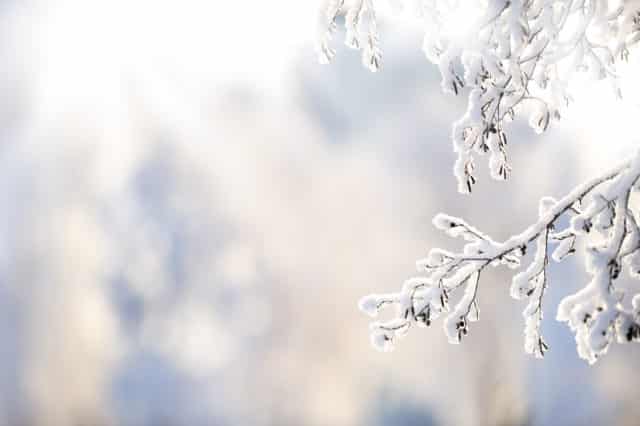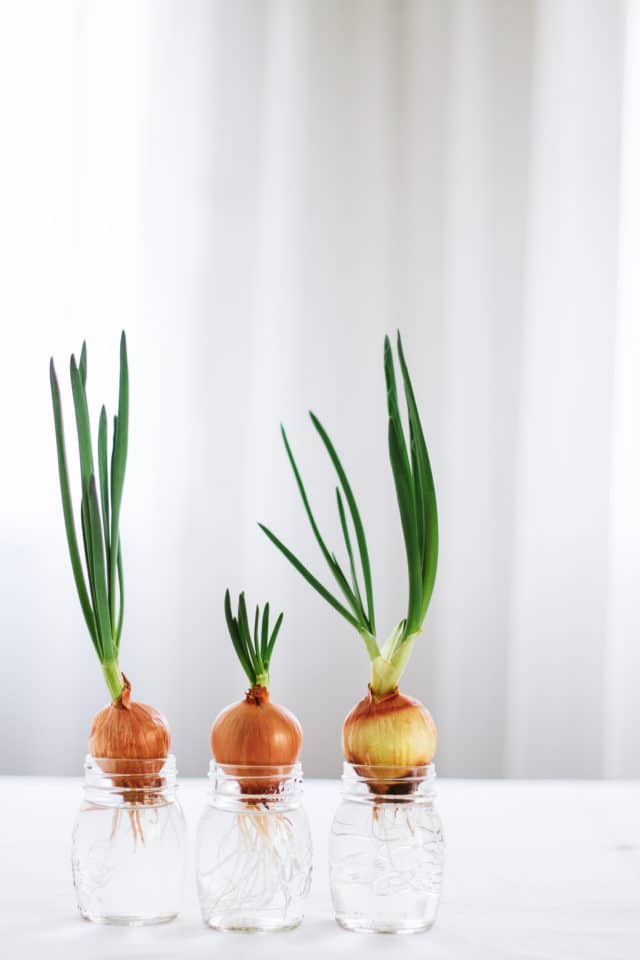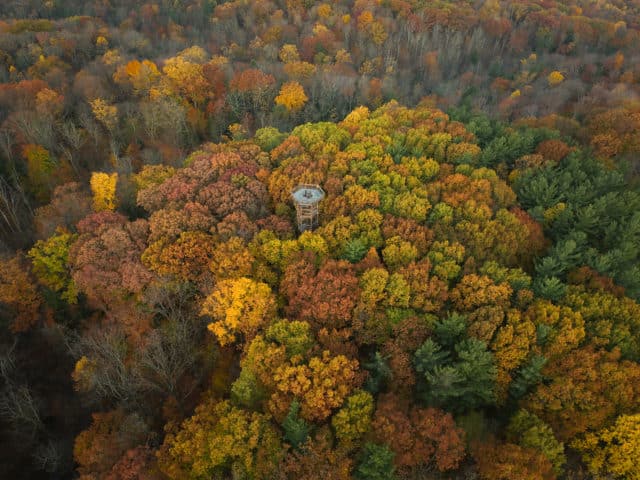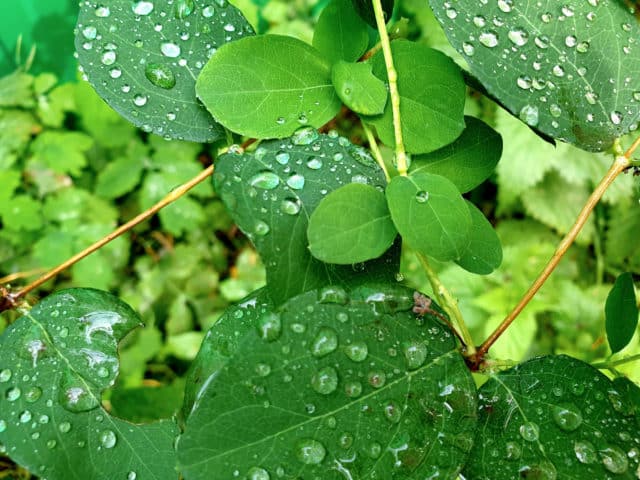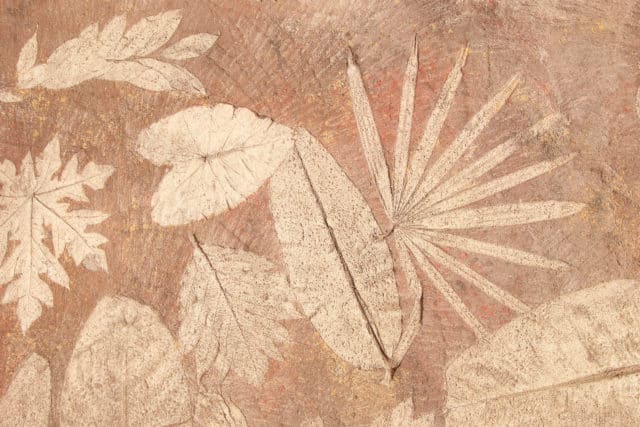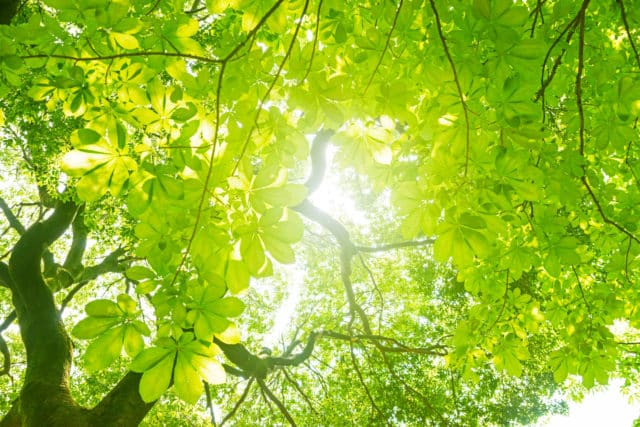
Textile waste, from clothing and other fabric consumer items, makes up a large chunk of trash produced each year. According to the Environmental Protection Agency, more than 15 million tons of textile waste is generated each year. Though 100% of textile waste is recyclable, 85% of all textile waste still finds its way to landfills across the country.
To bring new life to your old garments, recycle them by dyeing them with pigments from vegetables and spices. Dyeing with plants is both an ancient and modern practice.
Plants and their fruits, seeds, leaves or stems contain natural pigments, and many of them are powerful enough to stain fabrics. Check out this fun project, provided by Western Reserve Herb Society members.
Basic Onion Dye
What you’ll need:
- 2-3 gallons of water
- 8 quarts of red onion peels
- White or light-colored fabric such as wool yarn, silk scarf, cotton t-shirt etc.
Step 1
Place onion peels and water in a pot and bring to a low simmer. Hold at this heat for about an hour, or until the water does not get any darker from onion pigments.
Step 2
Strain peels away from the water with a metal colander. What remains is the “dye liquor”.
Step 3
Prepare the fabric by bundling small amounts and soaking in room temperature water for about 30 minutes. This softens and removes air from the fabric, allowing the dye to evenly spread across the fibers.
Step 4
Dilute the dye liquor to make 4 gallons of liquid at room temperature.
Step 5
Transfer the dye liquor mixture and the wet fabric to a large pot and heat to a simmer, holding the heat for two hours. Make sure the fabric stays submerged in the water.
Step 6
After two hours, turn off the heat and let the pot rest overnight.
Step 7
Remove the yarn from the dye bath and rinse with hot water to remove excess dye. Squeeze the fabric thoroughly and hang to dry.
Want to experiment with colors?
Try using turmeric for strong yellows and oranges. When HF&G reopens to the public, check out the dye section of the Western Reserve Herb Garden at Cleveland Botanical Garden to discover new plants to dye with.
Reference: Create Your Own Natural Dyes by Kathleen Schultz
